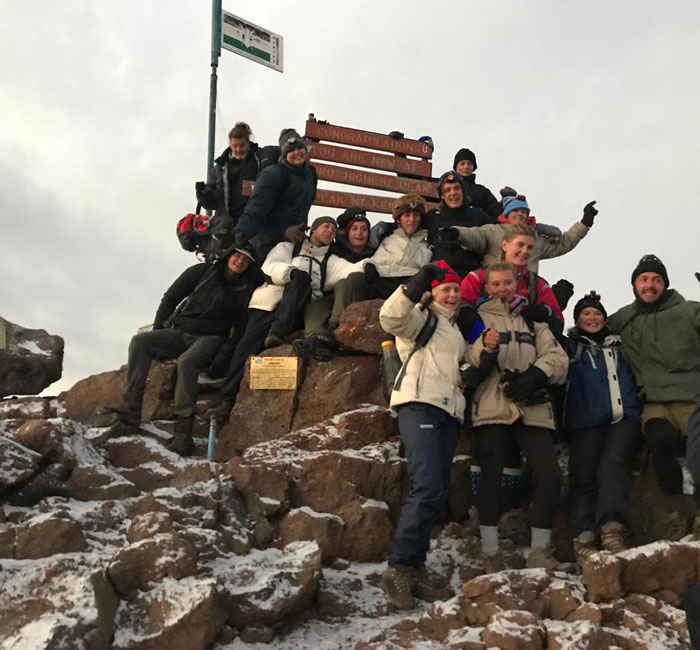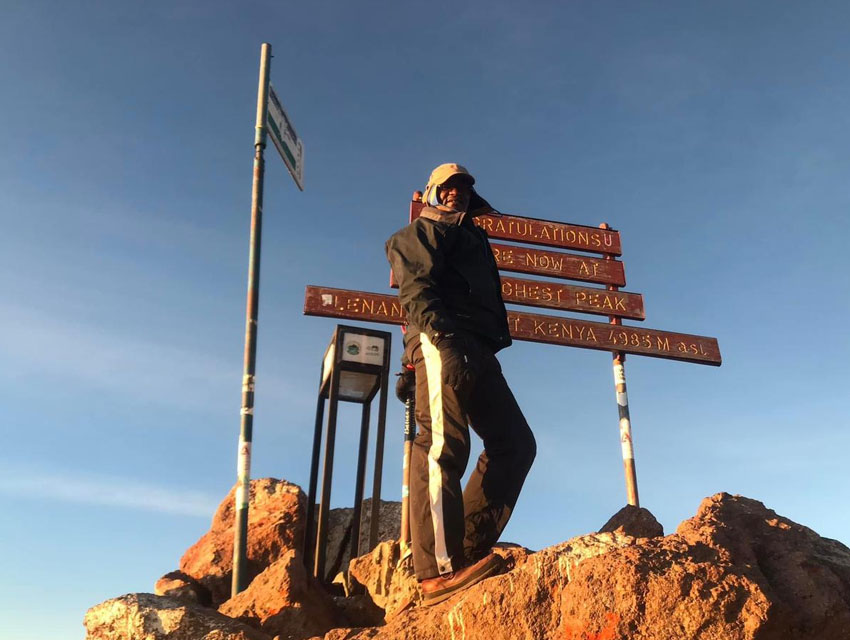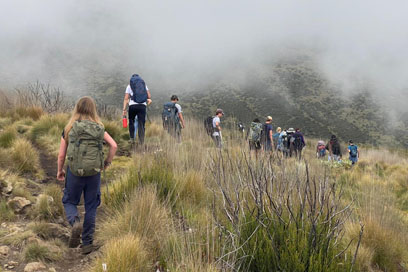
Climbing Mount Kenya: Your Path to the Summit
Mountaineering is the sport of climbing mountains. While some scholars categorize it as including activities such as rock and ice climbing, and trekking, others expand the definition to encompass backpacking, hiking, skiing, via ferrata, and wilderness activities. Additionally, some view indoor climbing, sport climbing, and bouldering as part of mountaineering. Generally, the term is most commonly understood to refer to adventure climbing or sports climbing, combined with trekking in remote or challenging locations. Hiking in mountainous areas can also be considered a form of mountaineering when it involves scrambling, basic rock climbing, or glacier crossing.
Originally focused on reaching the highest peaks, mountaineering has since evolved into various specializations that tackle different mountain environments. These specializations include rock-craft, snow-craft, and skiing, depending on whether the route involves rock, snow, or ice. Each area demands a combination of experience, athletic skill, and technical expertise to ensure safety.

Experience the Majesty: Climbing Mount Kenya
Climbing Mount Kenya offers a truly unique African mountain experience, presenting a diverse range of challenges from a multi-day trek to the technical ascent of its highest points. As the second-highest peak in Africa, Mount Kenya (5,199m / 17,057 ft) is a magnet for adventurers worldwide.
Understanding the Peaks and the Climb
The majestic peak features three main summits:
- Batian (5,199m): The true summit, requiring advanced technical rock climbing skills.
- Nelion (5,188m): The second-highest, also requiring technical climbing.
- Point Lenana (4,985m): The trekkers’ summit. Reaching Point Lenana is a challenging high-altitude trek that does not require specialized rock-climbing equipment or skills, making it the primary goal for most visitors aiming for the Mount Kenya summit.
The experience of Climbing Mount Kenya is largely defined by the stunning biodiversity of the Mount Kenya National Park, a UNESCO World Heritage Site. Climbers ascend through distinct vegetation zones: dense rainforest, bamboo forests, high-altitude moorland, and finally the alpine zone with its unique giant lobelia and groundsel.

Choosing Your Mount Kenya Trekking Route
Selecting the right route is essential for both success and enjoyment when trekking Mount Kenya. The main, established Mount Kenya routes are:
- Sirimon Route: The most popular choice, known for its scenic views and excellent acclimatization profile. This route is typically drier, offering better views of the high peaks.
- Naro Moru Route: The shortest and fastest route to the peak area, though it is often muddy and can be less scenic than others. It is a rapid ascent, which can sometimes be tougher for acclimatization.
- Chogoria Route: Widely regarded as the most spectacular, offering dramatic landscapes, including the Gorges Valley and deep glacial tarns. It is an excellent option for a slower, more rewarding ascent or descent.
Your chosen route for Climbing Mount Kenya should be based on your fitness level, time available, and desire for technical climbing versus high-altitude trekking. For a successful attempt at the Point Lenana summit, a minimum of 4 to 5 days is highly recommended to allow for proper acclimatization to the high altitude.


